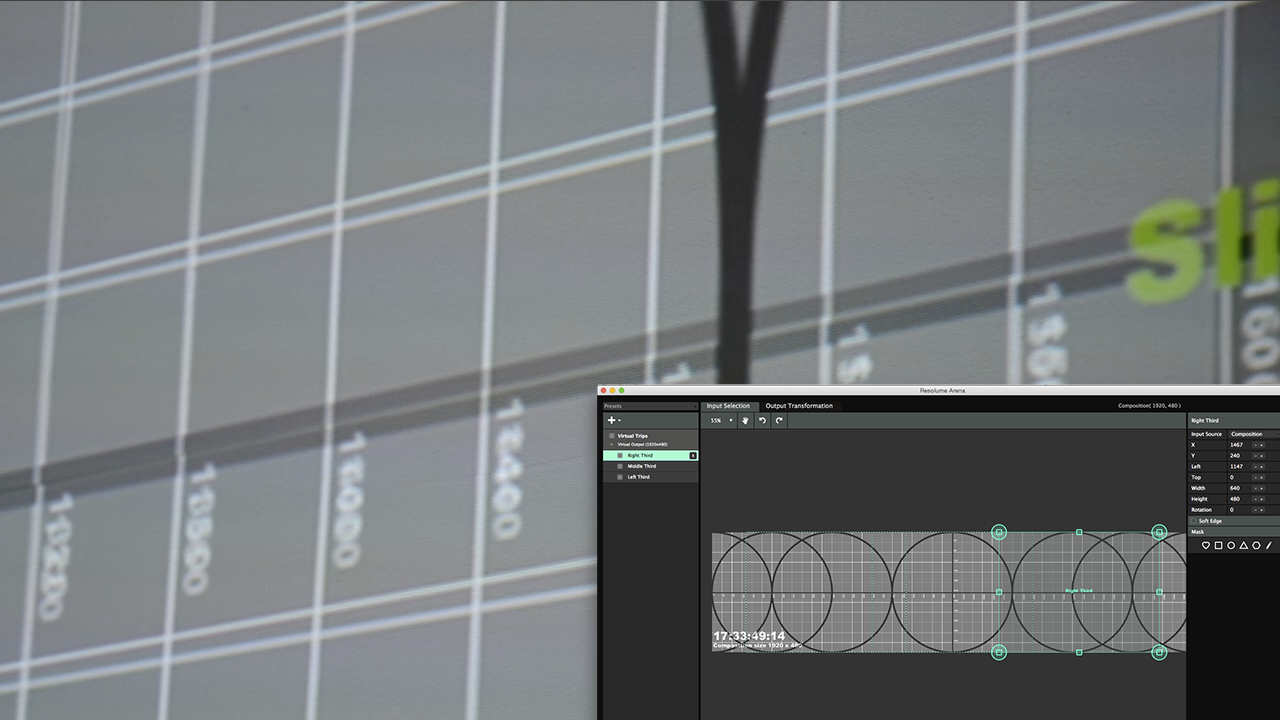
Currently it works with single screen.New interfaces are added in the 275+ NDA version to allow warping and intensity adjustment before the final scanout.NVAPI is Nvidia’s programmatic interface to configure and control the GPU’s –.Typical warping mesh contains 1K to 10K vertices.Create warping mesh based on picture of the calibration pattern relative to the true image.Use it with G-sync to get synchronization between displays.Works on Quadro 5000, 6000, and Quadro Plex 7000.By doing this on the GPU we have more flexibility: high quality filtering, integration with NVIDIA Mosaic, etc.
 GPUs perform the transformation in the display pipeline before the pixels get scanned out. GPUs are fast and already have the pixel information. NVIDIA can do this on the GPU, which has several important advantages: There has not been an easy way to implement this for any application, until now…. Applications need to be written to manage the display for every use-case. Extra-performance delay tax on the display pipeline. Hardware appliance for warp and intensity adjustment. Up until now, warp and blend for projection displays has been done in one of the following two ways: But to be truly seamless, there is a need to account for geometry and brightness differences between projectors. How to project on dome and curved screens?Ĭurrently Nvidia Mosaic allows you to specify overlap. This creates a hotspot since the overlap region gets twice the light: Projectors overlap the edges to hide the seam. Some of the solutions to adding more pixels:
GPUs perform the transformation in the display pipeline before the pixels get scanned out. GPUs are fast and already have the pixel information. NVIDIA can do this on the GPU, which has several important advantages: There has not been an easy way to implement this for any application, until now…. Applications need to be written to manage the display for every use-case. Extra-performance delay tax on the display pipeline. Hardware appliance for warp and intensity adjustment. Up until now, warp and blend for projection displays has been done in one of the following two ways: But to be truly seamless, there is a need to account for geometry and brightness differences between projectors. How to project on dome and curved screens?Ĭurrently Nvidia Mosaic allows you to specify overlap. This creates a hotspot since the overlap region gets twice the light: Projectors overlap the edges to hide the seam. Some of the solutions to adding more pixels: 
Increases in pixel density and total pixels have not kept pace with increases in CPU and GPU power.

Authors: Steve Nash (NVIDIA), Paul Green (Scalable Display Technologies).







 0 kommentar(er)
0 kommentar(er)
